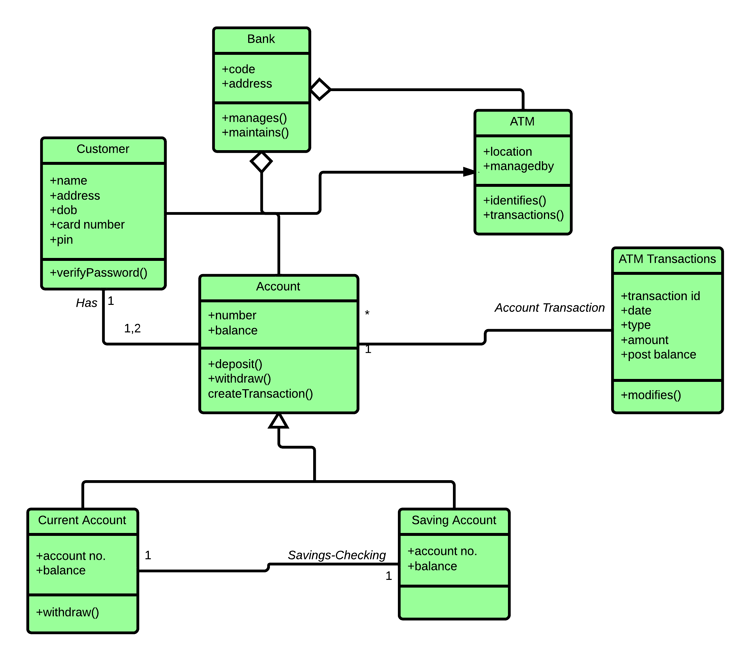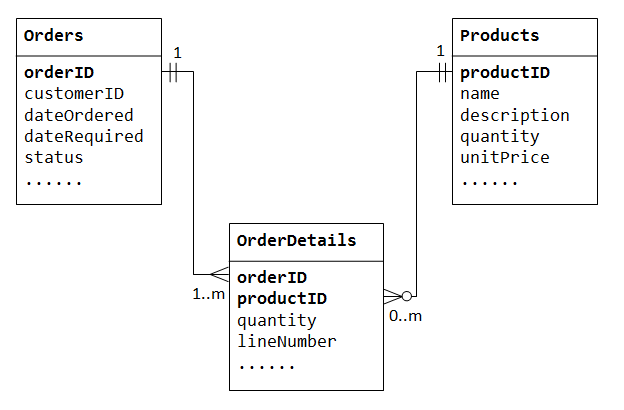--Originally published at Hackerman's house
There are lot of agile methodologies, each one has its own practices and characteristics, but in general they share the same philosophy. These ideas were expressed in the Manifesto for Agile Software Development.

Individuals and interactions over processes and tools
Working software over comprehensive documentation
Customer collaboration over contract negotiation
Responding to change over following a plan
The origin of these methodologies arises in 1990s in a world shaped by two major influences: Object-Oriented programming replacing procedural programming as the programming paradigm favored by the industry; the other influence was the rise of the internet. This situation made that the requirements started to rapidly change and shorter product life-cycles were required; this was incompatible with the traditional methods of software development. There was a need for new methodologies that could adapt to this new world.
Extreme programming
Extreme programming is a methodology which is intended to improve software quality. It advocates frequent releases in short development cycles; it uses checkpoints at which new customer requirements may be added. Other main elements of this methodology is pair programming, extensive code review, unit testing of all the code, avoiding to develop features until they are actually needed, and one of the most important ones is constant communication between the client and the programmers to assure all the requirements are being fulfilled. The origin of the name is that traditional software engineering practices are taken to extreme levels, such as pair programming that is basically extreme code review.










